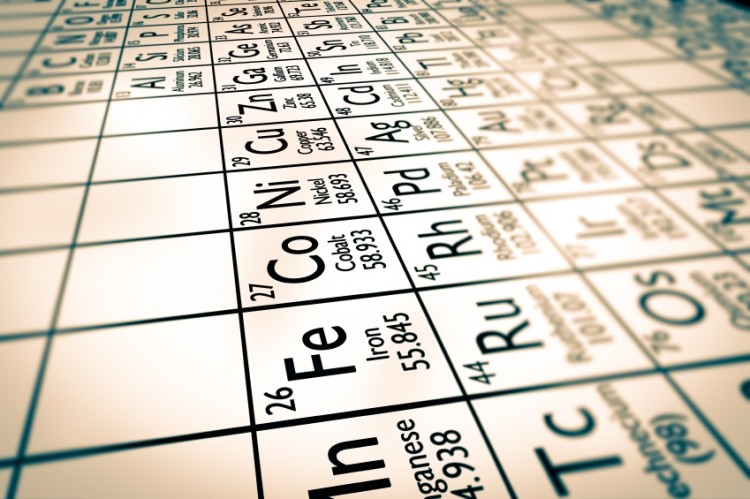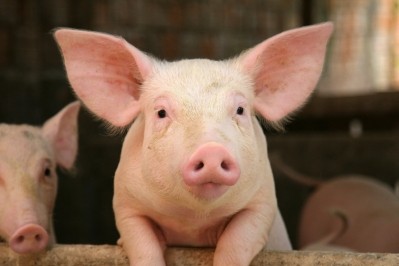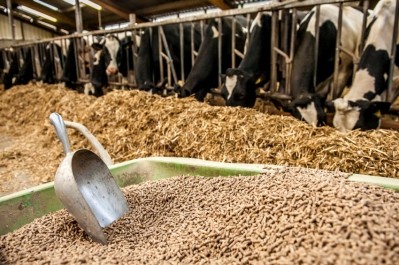Regulation also sees new types of zinc additives introduced
EU lowers top zinc feed additive usage levels

The Commission published the revised legislation, which approves the use of zinc feed additives for a period of 10 years, in the Official Journal of the EU last week.
One modification relates to a reduction in the authorized maximum zinc content per species.
Previously, the maximum permitted levels (MPLs) in relation to zinc (Zn) feed additives in complete feed were 200 mg Zn/kg for fish and calf milk replacer and 150 mg Zn/kg for other animal species.
Under the revised rules, the MPLs are the following: 180mg Zn/kg for salmonids and milk replacers for calves, 150mg Zn/kg for piglets, sows, rabbits and all fish species other than salmonids, and 120mg Zn/kg for other species and categories.
The European Food Safety Authority (EFSA), in an opinion in May 2014, had suggested lower maximum levels than those included in the final regulations, with the Authority citing concerns over impact on the environment from the use of Zn in animal diets, in particular the drainage and run-off of zinc to surface water.
The EU risk assessor, thus, had proposed 150 mg Zn/kg complete feed for piglets, sows, rabbits, salmonids, cats and dogs; 120 mg Zn/kg complete feed for turkeys for fattening; 100 mg Zn/kg complete feed for all other species and categories.
But the Commission said in order to avoid the risk of not meeting the physiological needs of animals, the decrease of zinc contents recommended by EFSA should not be introduced in one step. “With the objective of further reductions, feed business operators and research institutes should be encouraged to collect new scientific data about the physiological needs of the different animal species,” said the EU executive.
New zinc feed additive category
Dr Gerry Dillon, EU regulatory affairs manager at Alltech, said a significant change in the regulations includes the addition of a new category of zinc feed additive: zinc chelate of protein hydrolysates.
Alltech was one of a sub-group of five members of an EEIG feed additives group, the Trace Elements Consortium (TREAC), that sent a request to the Commission asking for the introduction of the term 'zinc chelate of protein hydrolysates' in the regulations; they said such classification more appropriately describes the type of zinc chelate formed upon the binding of a soluble zinc mineral with hydrolyzed soy protein.
"It is important also to note that there is no molecular weight restriction as there is with the existing chelate of amino acid group. Molecular weight has no influence over the ability of a ligand to form a chelate and no bearing over the efficacy of zinc chelate of protein hydrolysates," said Dillon.
He told us this form of zinc additive is highly bioavailable, meaning livestock producers can do more with less.
Chelated products, he continued, are those that supply organic trace elements, such as zinc, in a form as close to nature as possible and, due to their bioavailability, reduce rates of trace mineral excretion.
The bond strength between the mineral and hydrolyzed proteins in the zinc chelate of protein hydrolysates additive type is maximized, said Dillon. This ensures, he said, that during transit through the gastrointestinal tract, minimal interactions occur between the bound mineral and other feed components, thereby enhancing chelate delivery to the sites of absorption in the intestine.
He said Alltech intends to continue its work with industry partners to collate environmental information from use of zinc in livestock diets.
Fraud proofing
Alltech, he said, also developed a new analytical method on behalf of the TREAC group, based on Fourier Transform Infrared (FTIR) spectrometry, to determine the precise amount of zinc chelate of protein hydrolysates in the chelated organic form.
“EFSA required this to demonstrate minerals are genuinely chelated as a way of preventing fraud in the marketplace. We looked at a number of analytical methods to prove zinc chelates of protein hydrolysate contain zinc in the organic chelated form.
“The FTIR technique is innovative in that it enables chelation in a feed additive to be quantitatively determined and allows us to analyze the solid state of the additive, meaning no manipulation of the sample is required,” explained Dillon.
Alltech said zinc chelate of protein hydrolysates will be widely used across all EU markets, particularly in the ruminant feed and premix business.
Other amendments in the revised rules on zinc include the creation of two additional groups: zinc chloride anhydrous, zinc chelate of glycine hydrate (solid) and zinc chelate of glycine hydrate (liquid).









